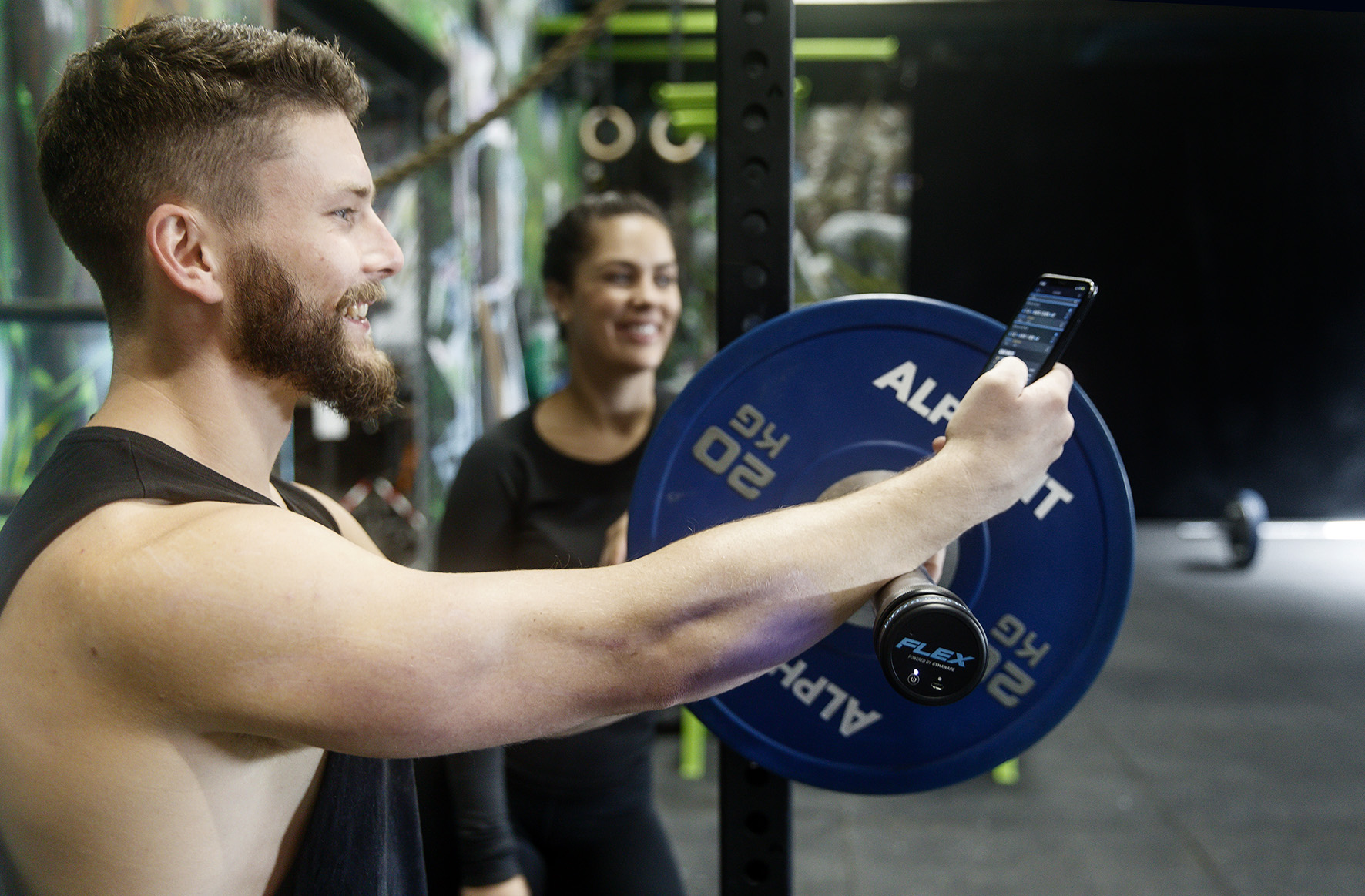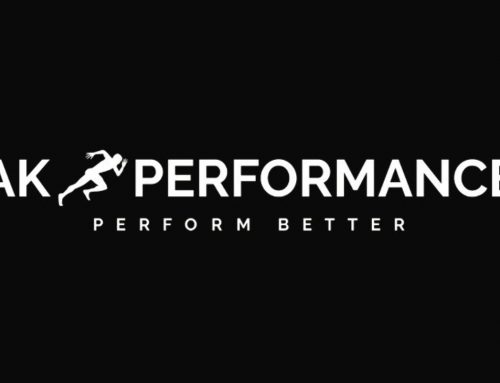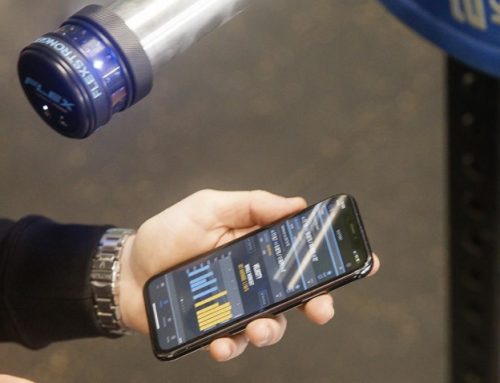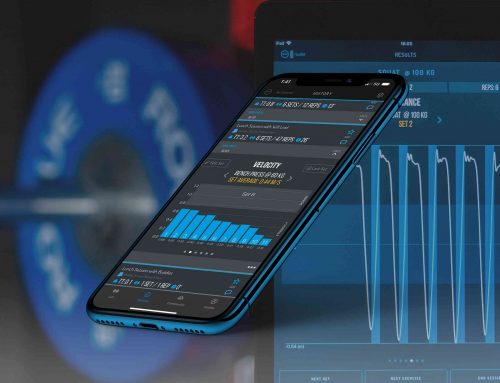How to Measure Your Athletes Readiness
Intro
For remote coaches, strength and conditioning coaches and inquisitive athletes, making a decision on what load an athlete (or you) should use on any given day can be incredibly daunting. When you consider the literature on autoregulation, research and common sense agree that individuals will adapt to a certain stimulus at different rates (Kraemer and Fleck, 2006). So, the question becomes, what can we do to measure our athletes’ readiness to ensure that we, as coaches or individuals, are achieving the desired stimulus on any given day? This is where velocity-based training’s (VBT) utility starts to become apparent.
Why Measure Readiness
Recent literature indicates that velocity is more sensitive to changes in daily readiness and/or performance than the absolute load on the bar (Mann, Ivey & Sayers, 2015)( Balsalobre-Fernández & Torres-Ronda, 2021). If we can shift our focus away from the numbers on the bar to the speed of the bar, we open a door to measure your athletes’ readiness.
Now, in all honesty, this isn’t anything new. As a coach in the trenches watching our athletes warm up, we can generally tell when someone is moving slower than they usually do, which is a giveaway of how they are feeling that day. And (I would hope) you intervene to ask how they’re going and help the athlete make a better decision around what load to use.
Unfortunately, no matter how good our coach’s eye is, there are still drawbacks to not having objective data that can measure your athletes’ readiness to reinforce our decision. For example, without proof, the athlete may start to think that you are holding them back unnecessarily. And for remote coaches, relying on visuals will be especially problematic. This is where the objective feedback from a velocity-based sensor such as the FLEX barbell sensor can be incredibly useful.
The Protocol
Using velocity to measure your athletes’ readiness is very simple. All we need is an easy and reliable protocol to provide us with consistent and comparable data points during the warmup and/or session. This allows us to compare performance, as measured by velocity, from session to session. Non-standardised or random warmup loads can result in poor and invalid comparisons, such as comparing 75% 1RM to 85% 1RM on two different days. Thus, we need to implement a standardised warm-up protocol to effectively monitor the athlete’s readiness and development.
The following protocol has been adapted from Dr Bryan Mann’s protocol, which he presents in his VBT course from Stronger Experts. (https://www.strongerexperts.com/vbt-certification-page)
1st set – 8 reps @ 30% 1RM
2nd set – 6 reps @ 50% 1RM
3rd set – 4 reps @ 60% 1RM
4th set – 3 reps @ 70% 1RM
5th set – 2 reps at 75% 1RM
6th set – 1 rep @ 80% 1RM
The data we are looking to capture is the velocity of the final set at 80%. Once we have a reasonable bank of historical data (around 4 weeks or 8 trials), we can start to gain an insight into the normal ranges for the athlete. To keep things simple, Dr Mann recommends in his VBT course using a velocity variation of +/- 0.06m/s being equal to a change of 5% 1RM. To contextualise this, if the average velocity (e.g. for a squat) over the past 8 trials (performing the warmup protocol twice a week for a month), is 0.64m/s and today’s velocity at 80% was 0.57m/s, then you could decrease the prescribed load for that day by 5%.
How Can the Data Be Used
This method can be used on the contrary scenario as well, whereby the velocity on the day may increase by 0.06m/s to 0.7m/s. This would indicate that the athlete is well recovered and could potentially deal with a further 5% added to the working sets for the day. If this trend was to continue over a period of 3-4 trials, then the assumption could be reached that the athletes 1RM has increased (Weakely et al., 2021).
These guidelines are by no means comprehensive and failsafe. The decision of load selection should also take into consideration subjective feelings of fatigue, phase of the program and whether the athlete lost focus during the penultimate lift. Remember, maximal intent needs to be enforced with every repetition that is completed when using VBT to ensure accurate and reliable data.
Conclusion
Velocity-based training is beginning to become more attractive and accessible as technology continues to improve. As this technology continues to develop, the tools that coaches will have access to will allow them to systemise their load selection based on athlete daily readiness. It is of my belief that as coaches, a paradigm when analysing performance is needed; let’s move away from being hyper-focused on the load on the bar, and more focused on the intent and speed of the bar/movement.
 Lachlan Irvine-Brown is the Head Coach and Owner of Focused Performance Training, an online strength and conditioning business that specialises in developing strength, power and resilient athletes. He has a passion for coaching and competing in weightlifting, with a best total of 287kg comprising a 125kg snatch and 162kg clean and jerk. He also has a great deal to do with the development of tactical athletes in his full-time job.
Lachlan Irvine-Brown is the Head Coach and Owner of Focused Performance Training, an online strength and conditioning business that specialises in developing strength, power and resilient athletes. He has a passion for coaching and competing in weightlifting, with a best total of 287kg comprising a 125kg snatch and 162kg clean and jerk. He also has a great deal to do with the development of tactical athletes in his full-time job.
Lachlan specialises in developing athletes to compete at a higher level more consistently for a longer period of time.
Learn more about Lachlan and Focused Performance Training at:
focusedperformancetraining.com
fb.com/focusedperformancetraining
instagram.com/focusedperformancetraining
References
Balsalobre-Fernández, C., & Torres-Ronda, L. (2021). The Implementation of Velocity-Based Training paradigm for Team Sports: Framework, Technologies, Practical Recommendations and Challenges. Sports, 9(4), 47.
Kraemer, W. J., and Fleck, S. J. (2007). Optimizing Strength Training: Designing Nonlinear Periodization Workouts. Champaign, IL: Human Kinetics.
Weakley, J., Mann, B., Banyard, H., McLaren, S., Scott, T., & Garcia-Ramos, A. (2021). Velocity-based training: From theory to application. Strength & Conditioning Journal, 43(2), 31-49.






